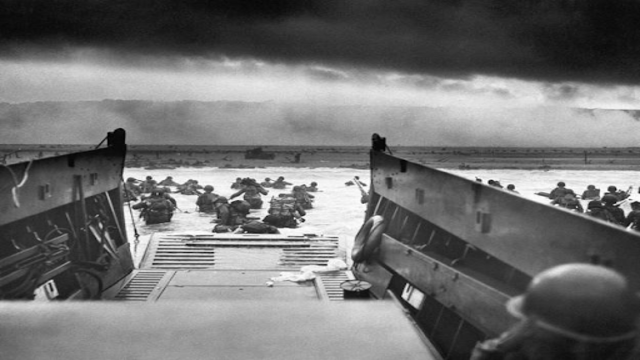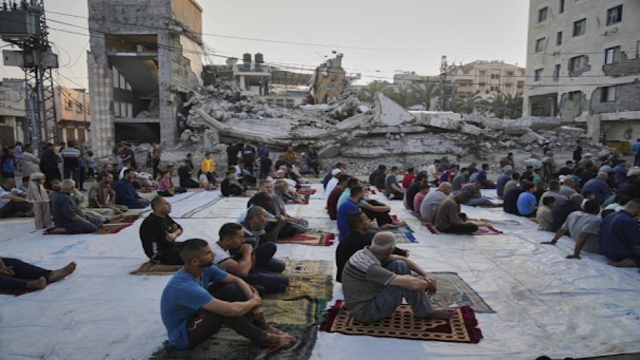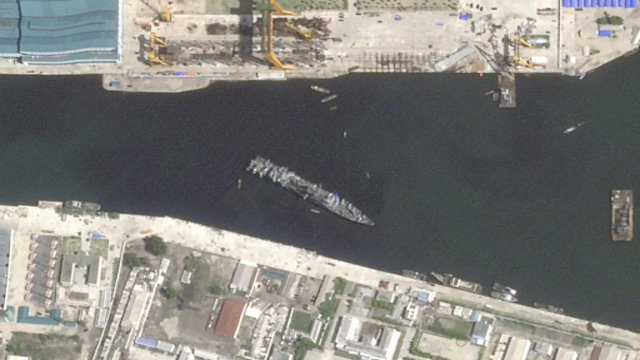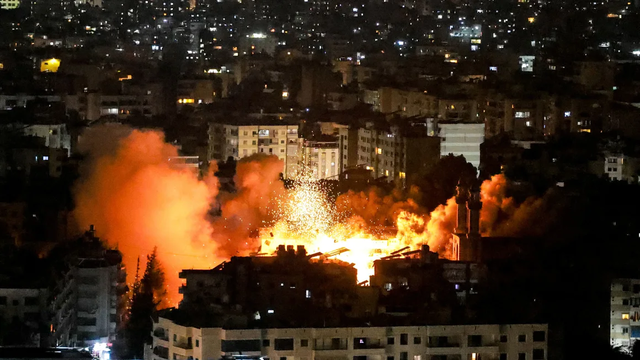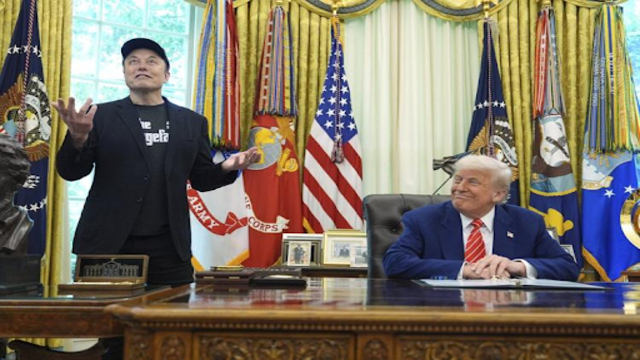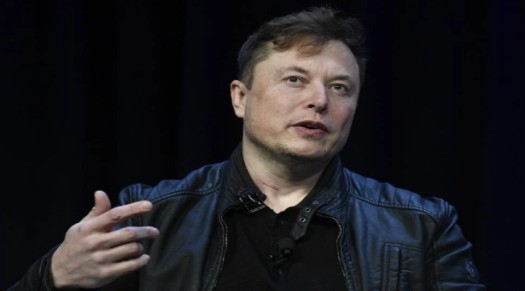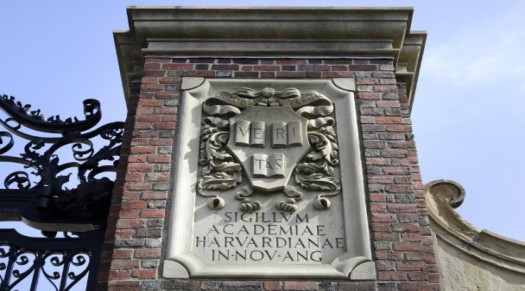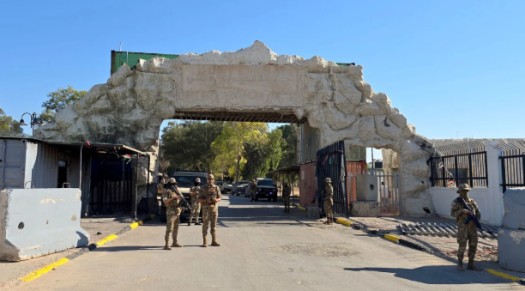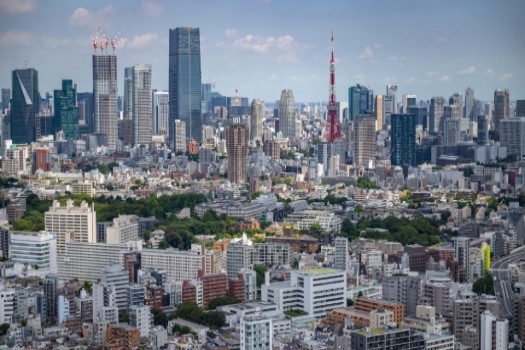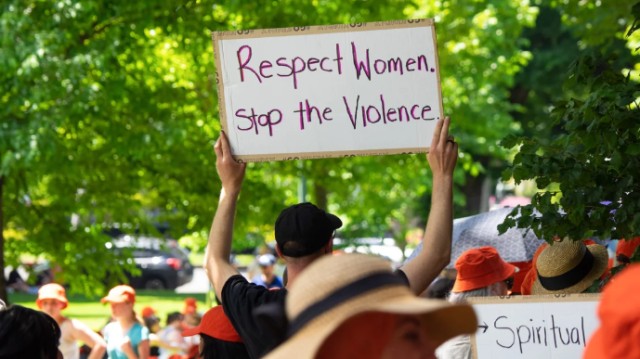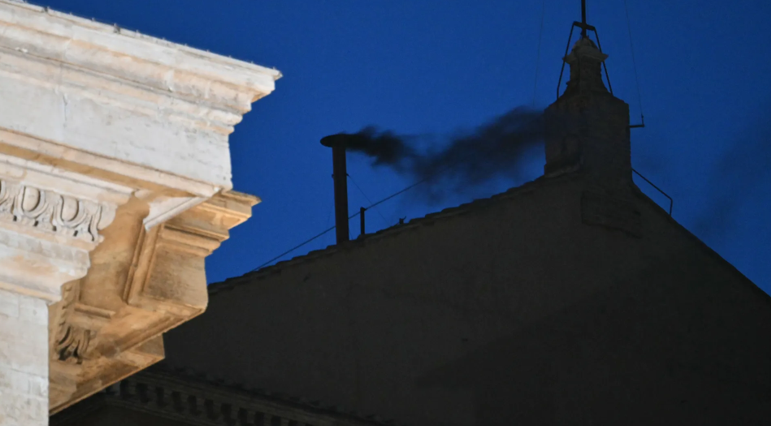
Black smoke appears from the chimney of the Sistine Chapel on May 7. Photo: Getty Images
Dark smoke curled above the Sistine Chapel on Wednesday, signaling no consensus on the next pope. The first ballot ended without a candidate securing the two-thirds majority needed to be elected.
Most modern papal conclaves don’t take long. Historically, a pope is chosen within two or three days. Pope Francis, for instance, was elected on the second day of the 2013 conclave.
How the Conclave Unfolds
The process begins with just one vote on the first day. Starting the next day, up to four votes can happen daily—two in the morning and two in the afternoon.
If no decision is made by day three, the cardinals pause for a full day of prayer and reflection. Voting resumes afterward.
Should the conclave continue for 21 rounds without a result, the field is narrowed to the top two contenders. However, such a long stretch is rare. For over a century, popes have been selected well before reaching this point.
Inside the Secret World of the Conclave
The conclave is among the most secretive events in the world. Cardinals surrender their phones and swear an oath of secrecy. Any breach could result in excommunication.
To ensure total privacy, the Sistine Chapel is swept for electronic bugs. Cardinals travel from their Vatican residence at Casa Santa Marta to the chapel to vote.
The voting ritual is steeped in tradition. Each cardinal writes a name on a slip, folds it, swears an oath, and places it on a plate. Using the plate, they slide the ballot into a chalice.
Once all votes are cast, the ballots are burned. Chemical additives in the fire create either black or white smoke—black for no decision, white for a successful election.
Who Votes and Who Can Be Chosen
Currently, 135 cardinals are eligible to vote, all under the age of 80. However, two are absent due to poor health, leaving 133 active electors. A winning candidate must receive at least 89 votes.
Technically, the pope can be any baptized male Catholic. But for nearly 300 years, every pope has been chosen from among the cardinals.
Of the current electors, 108 were appointed by Pope Francis. He significantly diversified the College of Cardinals, adding voices from different parts of the world.
How We’ll Know a Pope Has Been Chosen
When the time comes, white smoke will rise from the Sistine Chapel. Crowds in St. Peter’s Square will erupt in anticipation.
A senior cardinal will step onto the basilica’s balcony and declare: “Habemus Papam” — We have a pope.
Soon after, the new pope will appear, offering his first blessing to the world as the spiritual leader of the Catholic Church.
What’s Next
Although the first vote didn't produce a result, history suggests the conclave won’t take much longer. With momentum building, the world now watches the Sistine Chapel’s chimney for the next signal — white smoke.


